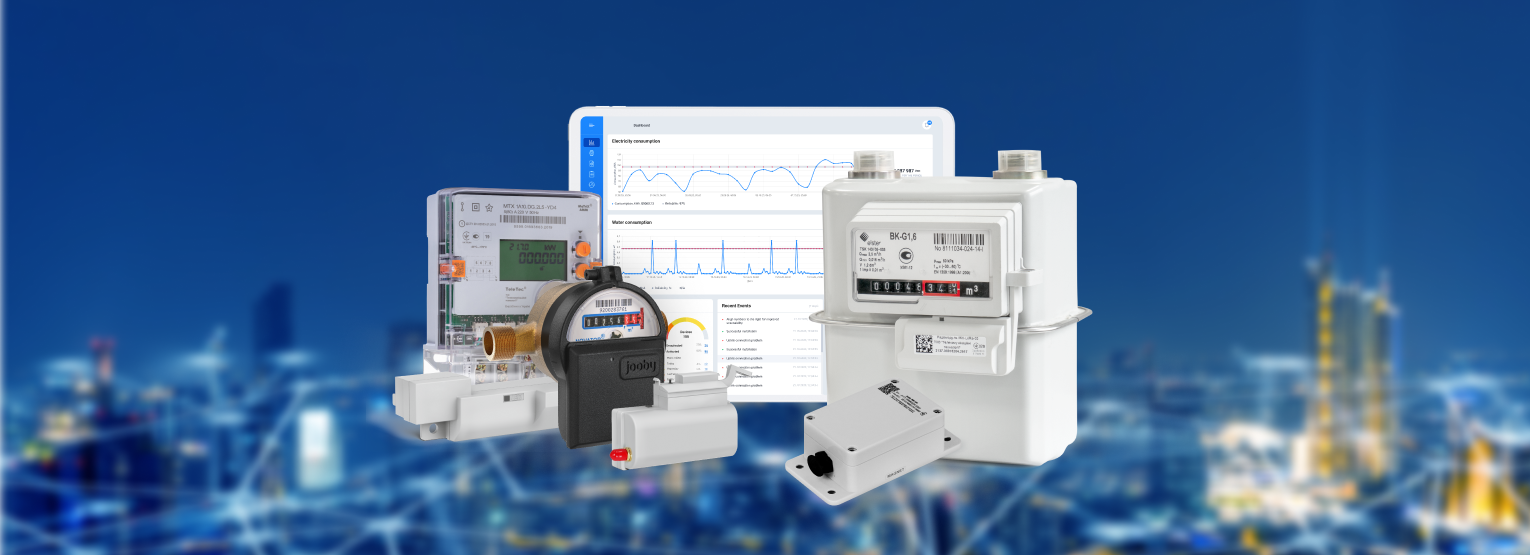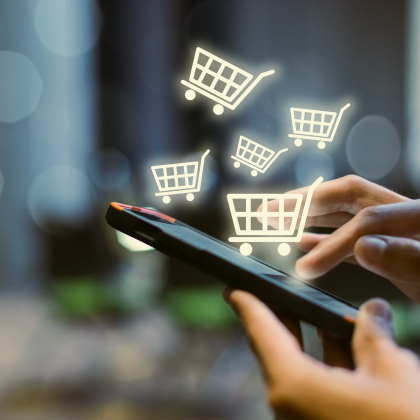Умный город - Blog - Integration of LoRaWAN Sensors with Big Data and Artificial Intelligence Platforms
16.05.2025
 911
911

Integration of LoRaWAN Sensors with Big Data and Artificial Intelligence Platforms

The shift to remote meter reading has long since moved beyond an IT experiment and is now the primary tool within smart city data solutions for managing infrastructure and new developments.
Within the field of big data in smart cities, LoRaWAN sensors have become the logical choice thanks to their energy efficiency and kilometer‑scale range without the need for cabling.
But the over‑the‑air packets provided by LoRaWAN sensor integration are only “raw material.” The real value of LoRaWAN data processing emerges when this information is combined with big‑data and AI platforms, allowing readings to be transformed into forecasts, recommendations, and real‑time alerts.
In this article, we answer a practical question: how do you connect a low‑throughput sensor network to a high‑performance computing core in order to generate commercial value?
The information we provide on the use of AI in resource management is for utilities, developers, municipalities, and homeowners’ associations that see IoT data analytics as the backbone of a highly efficient and resilient accounting ecosystem.
The key integration link is the LoRaWAN network server. The server authenticates devices, aggregates packets, and enriches them with radio‑quality metadata. The data then travels via an MQTT gateway or REST API into a Kafka stream bus, where each topic matches a reading type: water flow, gas, basement temperature.
This unification simplifies downstream processing regardless of meter vendor or firmware revision.
The next layer in LoRaWAN data platforms is storage. A typical stack uses distributed object storage (for example, S3‑compatible) as “cold” archival and an HDFS cluster for active analytics. Structured partitions are built with Apache Iceberg or Delta Lake, providing schema‑on‑read and version control. Thus, five‑year‑old readings remain available for retro analysis without database migrations.
An Apache Flink or Spark Structured Streaming engine handles telemetry with latencies of mere tens of milliseconds, calculating derived metrics such as daily consumption, uneven‑load factors, and pressure change rates. The results of these smart infrastructure insights flow into a temporal database optimized for operator dashboards.
In parallel, microservices write aggregates to a time‑series store—most often InfluxDB or TimescaleDB. One browser window can display a heat map of leaks, while another shows a forecast of tomorrow’s peak demand. Computation logic is isolated in containers and scales horizontally; a sensor fleet can grow from ten thousand to a million without code rewrites.
LoRaWAN and machine learning adds a predictive layer. Gradient‑boosting models detect unusual consumption profiles before a meter “goes dark” or a pipeline loses water. Recurrent neural networks forecast substation loads based on seasonal patterns and temperatures. All models used in AI-powered utility monitoring are trained on the historical trove in the data lake and receive fresh features directly from the stream.
An MLOps pipeline underpins operations: MLflow stores experiment metadata, while Kubeflow rolls out model versions to an inference service. If the F1 score degrades, an automatic rollback is triggered by anomaly detection sensors and the utility company is notified before residents have even noticed a consumption spike.
For utilities, the integration of LoRaWAN data flow translates into lower commercial losses, as early leak detection cuts non‑revenue water by 8–12 percent in the first year of operation. Municipalities gain a heat‑network map with failure forecasts, enabling maintenance to be scheduled in the off‑heating season rather than during deep winter.
Developers leverage cloud-based sensor analytics for differentiated “smart‑home” tariffs because residents see dynamic heat pricing and are motivated to conserve and save money. Homeowners’ associations, in turn, receive accurate and comprehensive data for the allocation of costs and can present more transparent reports, boosting owners’ trust in the board.
The first step in sensor to cloud integration is a pilot on a limited cluster: 200–300 meters, one LoRaWAN gateway, and a free tier of a cloud big‑data platform. Such a setup will let you verify radio stability, tune streaming data cleansing, and train a basic anomaly model. Scalable IoT platforms can be given the green light upon a stable three‑month run.
Next, it is crucial to develop an API contract between IT and operations and decide issues such as who owns the data schemas, who approves new model versions, and who acts on alerts.
Once processes are defined, sensor‑network growth stops being a stress factor and the big‑data core shifts from a supporting tool to a strategic asset. At this stage, predictive analytics for utilities that have been extrapolated from sensors and intelligence work in a single value‑creation loop—from a building’s basement to the city dispatcher’s dashboard.
Integrating LoRaWAN and big data with AI-driven consumption forecasting is not merely a technology upgrade; it is a transition to predictive resource management. With real-time utility monitoring, the sooner a project goes live, the faster meters and radio modules become a source of tangible savings and new services for residents and businesses alike.
Stay on top of the latest industry news
Thank you, we have received your message. Our manager will contact you shortly.

Our experts are always happy to help and promptly answer your questions. Please fill out the form to discuss your project and develop a tailored action plan.
Thank you, we have received your message. Our manager will contact you shortly.
Thank you, we have accepted your request. In the near future the responsible manager will contact you and clarify the details of the order.
Our experts are always happy to help and promptly answer your questions. Please fill out the form to discuss your project and develop a tailored action plan.
Thank you, we have received your message. Our manager will contact you shortly.